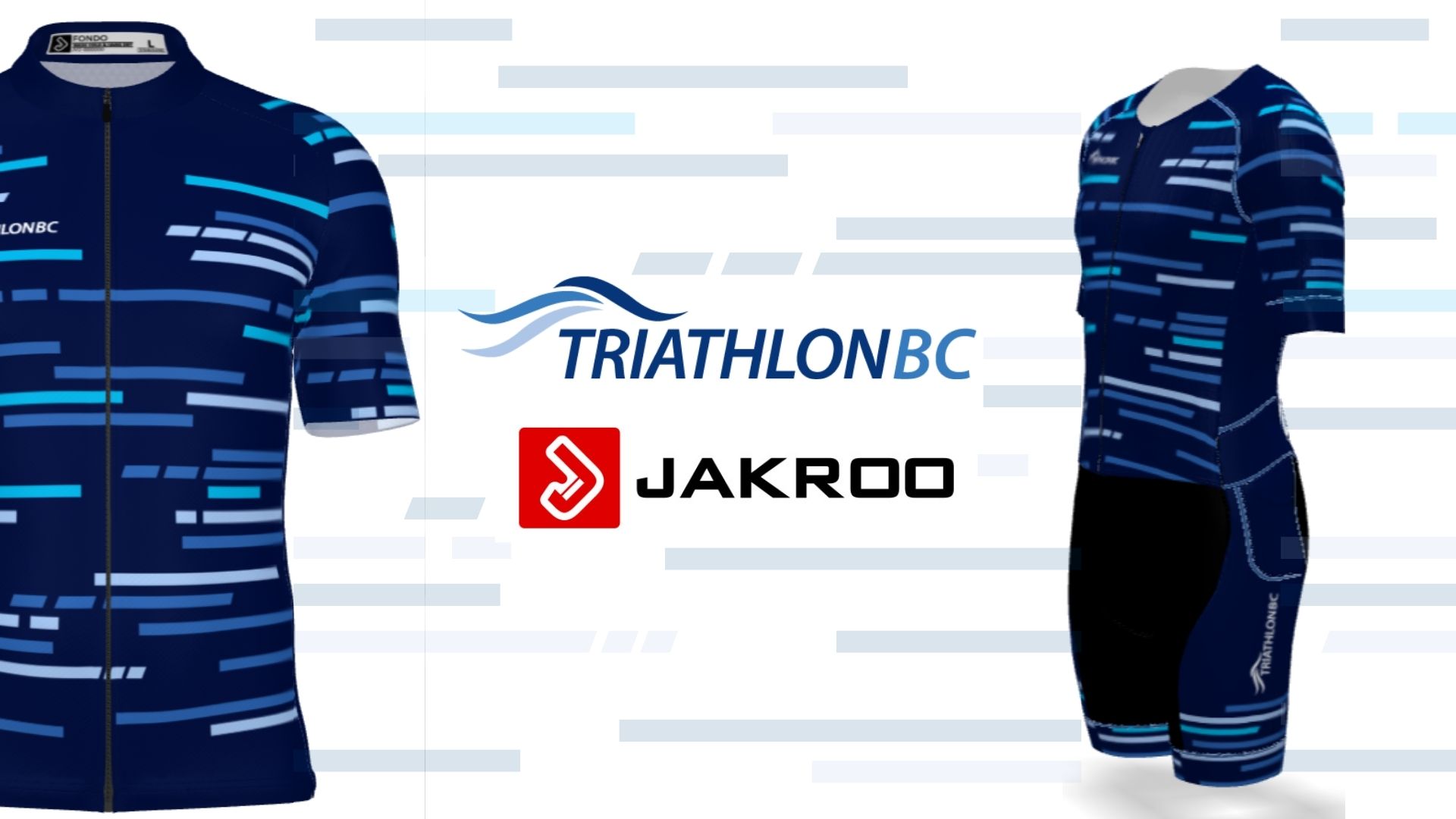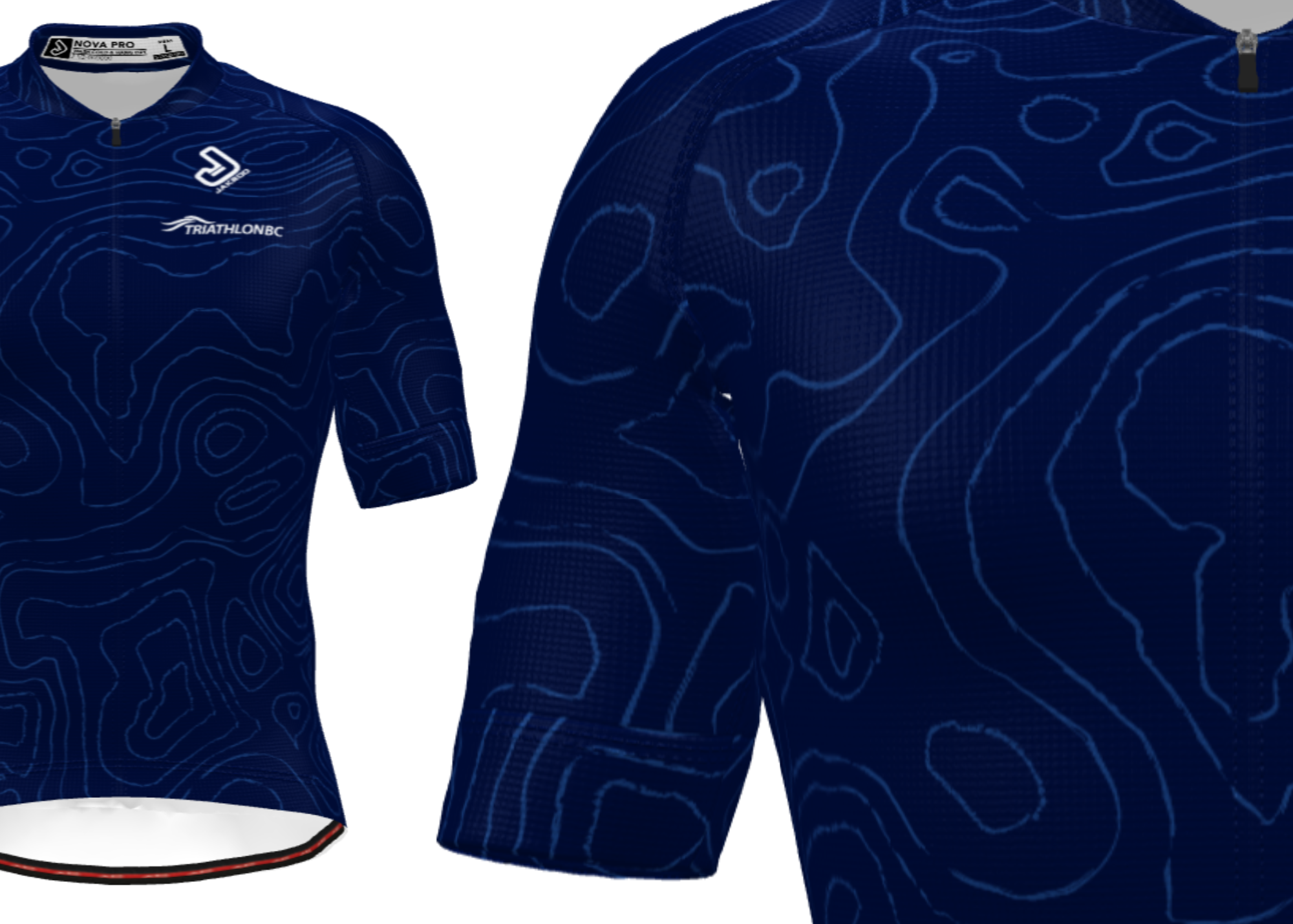By Dr. Sara Forsyth, Fortius Sport & Health, Exercise Medicine Physician
It’s no secret that the female body requires different levels of energy and nutrients to meet the demands of sport. This is especially true for young females who start their training during their development years.
When these energy and nutrition demands aren’t met, females are also at risk for unique health concerns. There are three in particular that can be seen in females undergoing rigorous training and competition: 1) delayed or irregular menstruation, 2) bony stress injury, and 3) disordered eating. These three conditions are referred to as Relative Energy in Sport (RED-S) or the Female Athlete Triad.
1. MENSTRUATION
When an athlete is undergoing a conscious restriction of food intake or inadvertently under-fuelling, the energy deficiency can lead to a disruption of the reproductive system. In young athletes, the onset of menstruation and puberty may be delayed. Older women may experience fewer than normal menstrual periods (oligomenorrhea), or even more worrisome, lack of menstruation for several cycles in a row (amenorrhea). Left untreated, menstrual dysfunction negatively impacts multiple body systems and can result in irreversible side effects.
2. BONE HEALTH
Energy deficiency and alterations in reproductive hormones also have negative effects on bone health. In this state, the bone is unable to replace itself efficiently. When the body is losing bone mass faster than it can be replaced, the athlete becomes predisposed to recurrent bony stress injury and ultimately osteopenia and osteoporosis.
This is especially concerning when females are within the age span of peak bone-building years (puberty to approximately 20). If bone accrual is compromised during this critical period, they will not build as much bone mass as expected and this will likely be permanent.
3. DISORDERED EATING
Risk factors for RED-S are also related to the quality and quantity of nutrition consumed. This may be from a rigorous training schedule without adequate nutrition, or from disordered eating. Female athletes who diet from a young age, or engage in frequent attempts to lose weight or decrease body fat, fall into a category of disordered eating. These dysfunctional intake patterns can become chronic if not managed adequately in a multidisciplinary setting.
TREATING RED-S
An athlete does not need to have all three components of the triad to be at risk for related health problems. Consequences of the triad can affect various aspects of the athlete’s life, including energy levels, training response, motivation, mood and concentration. Those with risk factors, or early indicators of the triad, need to be assessed by a sports medicine physician.
Treatment of RED-S involves a team approach with the involvement of coaches and parents. Prevention of RED-S involves education of coaches, parents and athletes about developing healthy relationships with food and training from a young age. These healthy habits will last a lifetime and ensure optimum reproductive and bone health, and prevent many overuse injuries.
Although this condition is predominantly recognized in females, males are also impacted by the consequences of energy deficiency. Without the obvious indicator or menstrual disturbance, we are left to look for more subtle signs such as recurrent bony stress injury, delayed or poorly progressing puberty, or lack of training response.
Appointments with a sports medicine physician at Fortius are covered under the BC Medical Services Plan (MSP). A referral is required from a family doctor (or other referring doctor). Visit the Fortius website to learn more about their comprehensive Sports Medicine services.
This article was provided by our partner in sport, Fortius Sport & Health, and written by Dr. Sara Forsyth, Fortius Sport & Exercise Medicine Physician.




